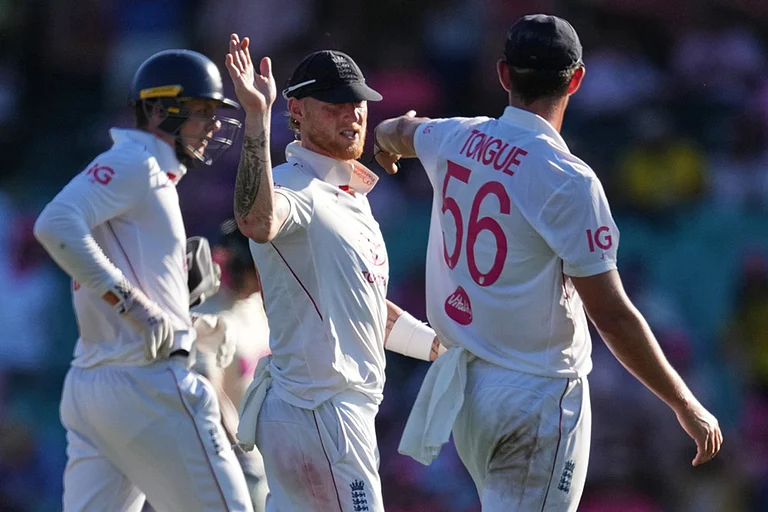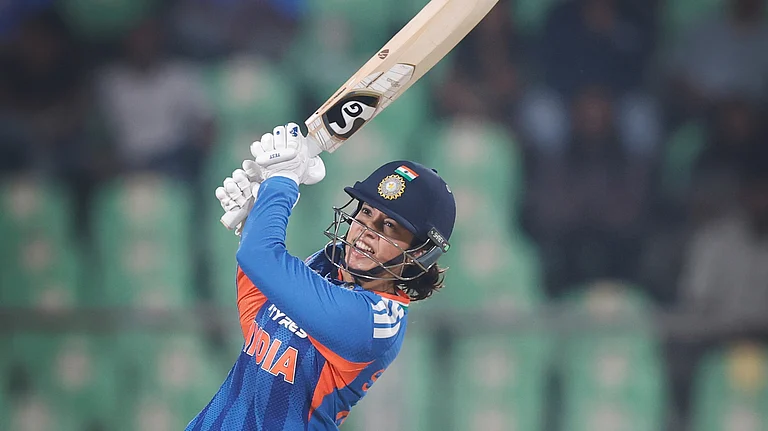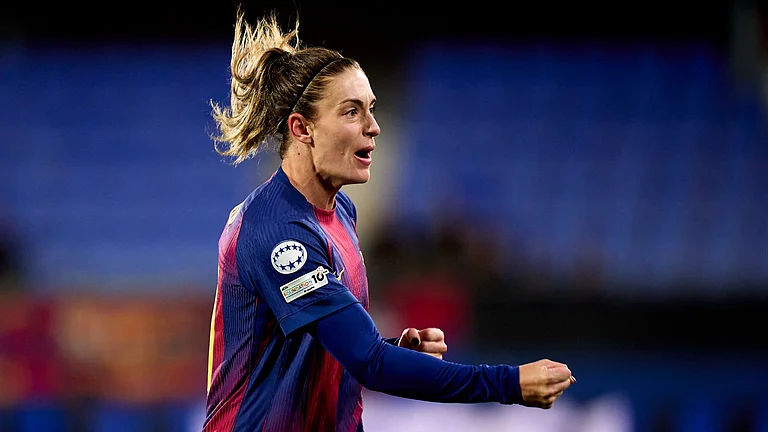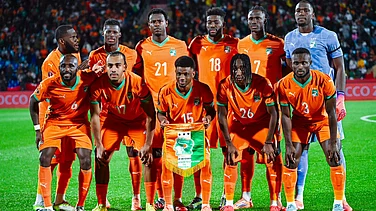Canada forward Olivia Smith, who made her international debut at 15, now stands as the most expensive signing in women's football history. The 20-year-old completed a GBP 1 million move to Arsenal from Liverpool, signing a four-year deal with the UEFA Champions League holders.
Smith's transfer eclipses the previous record set in January when Chelsea signed USA defender Naomi Girma for GBP 883,000 from San Diego Wave. This new deal clearly demonstrates rising women's football transfer fees.
Recent Record-Setting Transfers Highlight Market Growth
Women's football has experienced a decade of rising transfer fees, leading to numerous milestone deals. Olivia Smith's July 2025 transfer from Liverpool to Arsenal exemplifies this trend, making her the first player in women's football to secure a seven-figure fee.
This transfer reshapes the market, surpassing Naomi Girma’s earlier record. Girma’s January 2025 move to Chelsea from San Diego Wave, valued at over EUR 1 million, initially marked the first women's transfer to exceed USD 1 million. These rapidly growing figures underline the sport's increasing global appeal and top clubs' growing financial commitment.
The Steep Rise of Transfer Values: A Timeline
Million-euro deals in women's football are a recent development. Zambian striker Racheal Kundananji's early 2024 move from Madrid CFF to Bay FC for EUR 805,000 set a new mark.
Other significant deals followed quickly, including Barbra Banda's EUR 675,000 transfer from Shanghai Shengli to Orlando Pride in March 2024. Pernille Harder held the record in 2020 with her GBP 250,000 transfer from Wolfsburg to Chelsea. Keira Walsh briefly held the transfer record in 2022 when she moved from Manchester City to Barcelona for GBP 400,000 — a figure dwarfed by subsequent deals.
While these amounts may still seem modest compared to men's football, their year-on-year increase is striking: FIFA reported a 150% rise in women's transfer spending during the winter of 2023 alone. Each transfer reflects rising commercial investment and media attention.
Driving Forces Behind Rising Values
Although women's record transfers remain smaller than those in men's football — Neymar’s 2017 EUR 222 million move to Paris Saint-Germain remains untouched — the growth rate and recent milestones in the women's game are historic. What stands out is not just the top figures, but also the volume of substantial transfers. In just five years, the number of transfers exceeding GBP 500,000 has increased notably, reflecting deeper club budgets, lucrative sponsorships, and expanding audiences.
These trends point to a maturing international market that, while trailing men’s football in sheer size, rapidly accelerates its commercial activity. Several factors drive escalating fees. These include the growth of televised women’s leagues, increased attendance at matches, and heightened global interest following widely publicized events like the FIFA Women’s World Cup, all of which spur new investment.
Key Players And Club Strategies Fueling Demand
Several players have prominently shaped this evolution. Naomi Girma, acknowledged as one of the world’s premier defenders, proved crucial in breaking the USD 1 million barrier in January 2025 when she joined Chelsea. Before Girma, Racheal Kundananji's move to the United States of America set a new global benchmark not just for women’s football, but also as the highest fee ever paid for an African player across all genders.
Milene Domingues's EUR 235,000 move in 2002 marked an early landmark, signalling the slow but steady increase in market value. Clubs now aggressively compete for top international talent; players such as Barbra Banda, Keira Walsh, and Mayra Ramirez have all commanded substantial fees, demonstrating the market's forward momentum.
Top European clubs like Arsenal, Chelsea, and Barcelona utilise their existing infrastructure to draw elite players, justifying higher fees with improved facilities and expansive marketing platforms. Rising sponsorships and media deals further bolster club budgets, creating an environment where spending on star talent is both viable and strategically essential for competitive advantage.


























